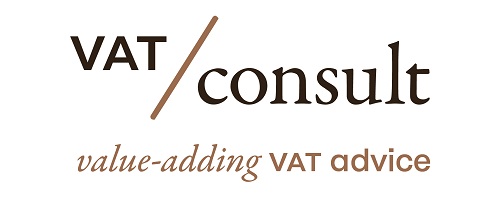Companies affected by Brexit should keep that in mind given that the UK’s departure will require many organizations to conduct rigorous analyses and potentially implement changes to remain VAT compliant throughout Europe. Unless another extension is applied, the UK will leave the EU by the Jan. 31, deadline with a transitional period ending Dec. 31, 2020. In the Brexit proposals drafted thus far by UK governments, the explicit aim is to reach a Free Trade Agreement with the EU. This desire appears mutual, yet little attention has so far been paid to how to address in the UK-EU deal.
During the transition and settlement periods, the UK will lose membership and safeguards of EU institutions. As a consequence, by the end of 2020, it will lose most or all beneficial EU VAT facilities, as well as EU VAT burdens. As a result, both EU and UK businesses should thoroughly analyze supply chains, financial processes and the underlying contracts to remain VAT compliant in the new regime.
Source Vertex
Latest Posts in "European Union"
- EU Council Approves Customs Duty Cuts on Ukrainian Agri-Food Products
- EC Report: Three EU Countries Account for 75% of VAT Rate Deviations
- EU Report Reveals Major Disparities in VAT Rate Exception Applications
- Roadtrip through ECJ Cases – Focus on Place of Supply of Intra-Community Acquisitions – ”Triangulation” (Art. 42)
- Briefing document & Podcast: C-536/08 (X) and C-539/08 (Facet Trading) – No deduction on Intra-EU acquisitions taxed at the MS of identification of the purchaser, instead of the destination













